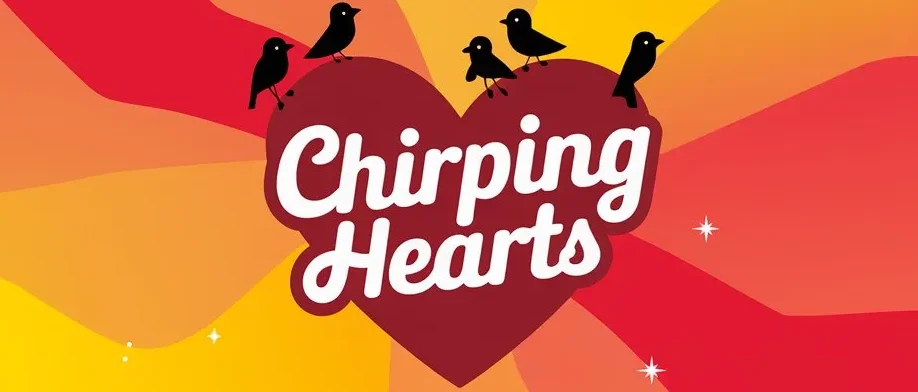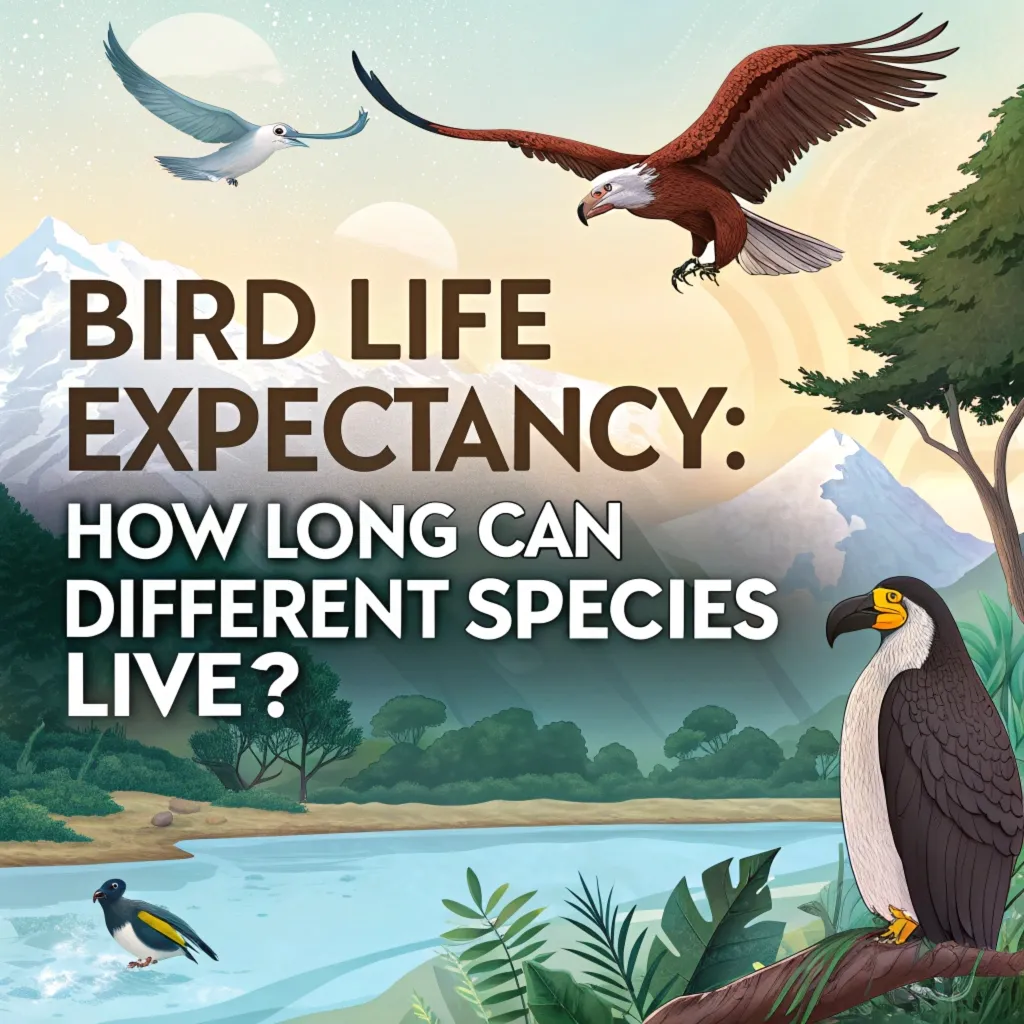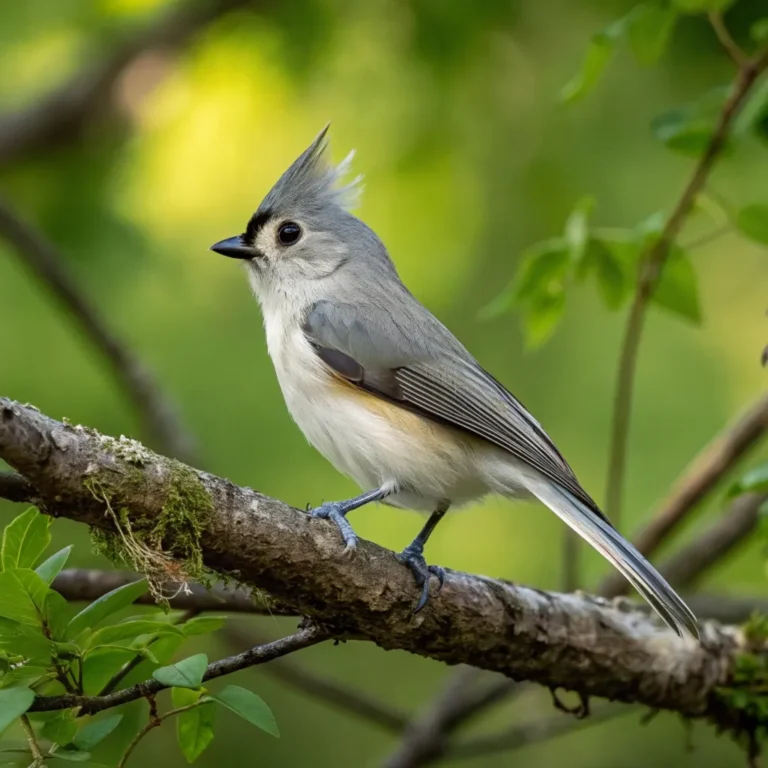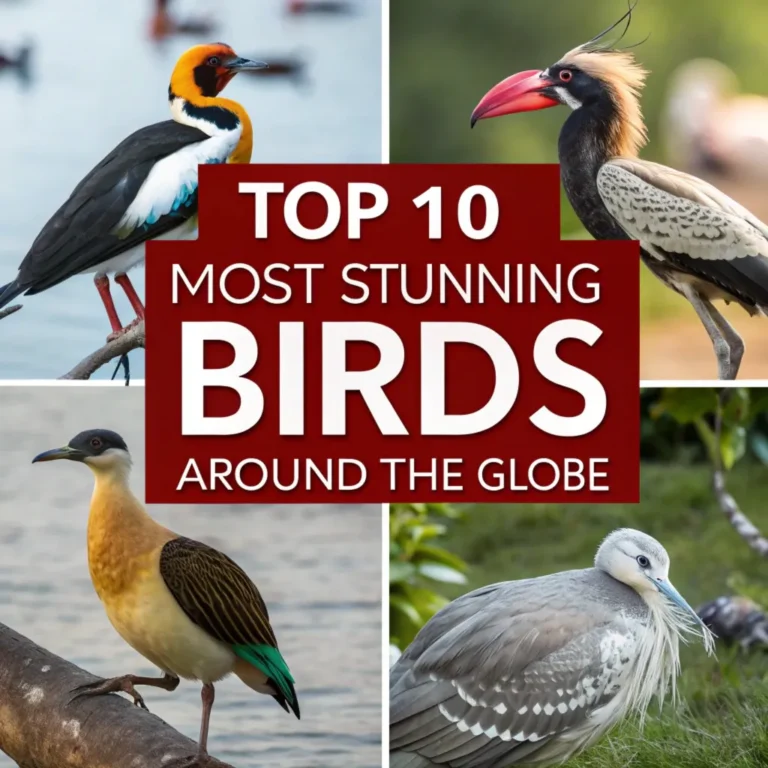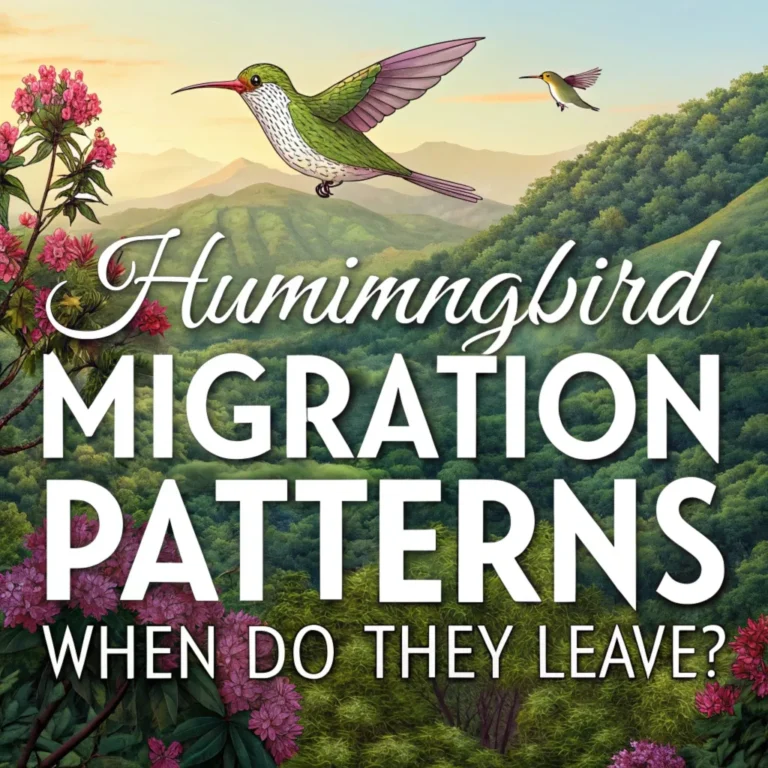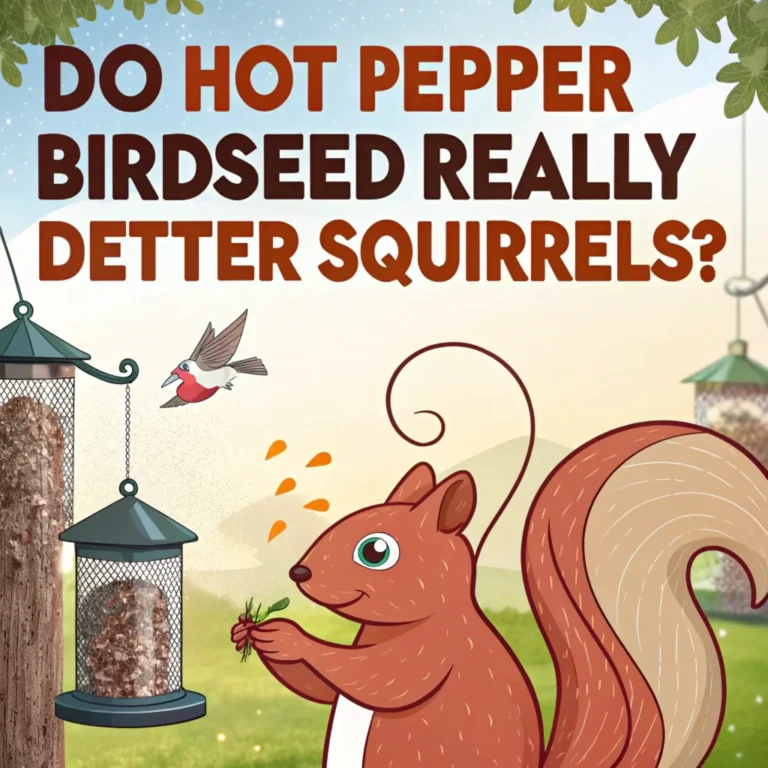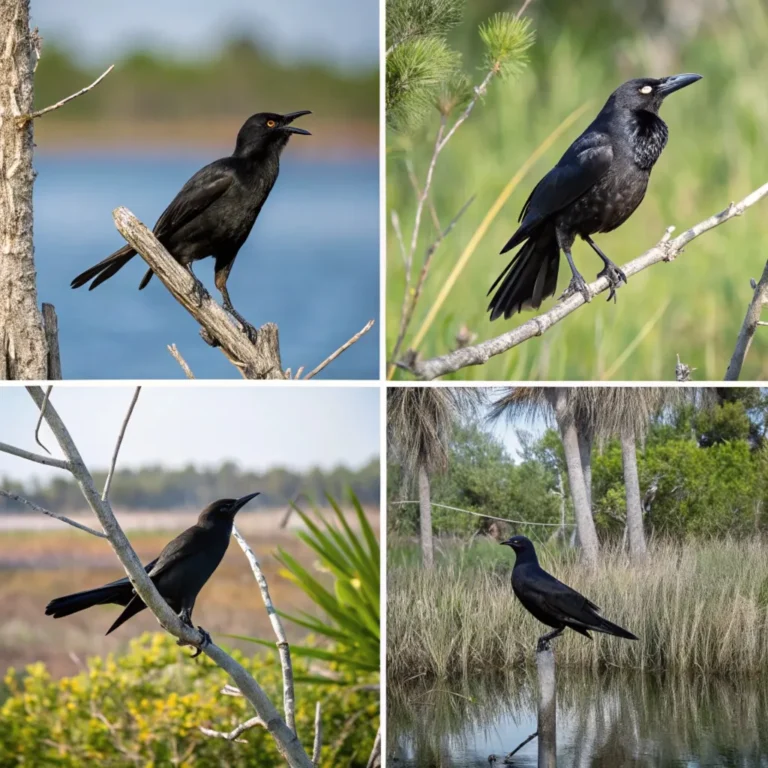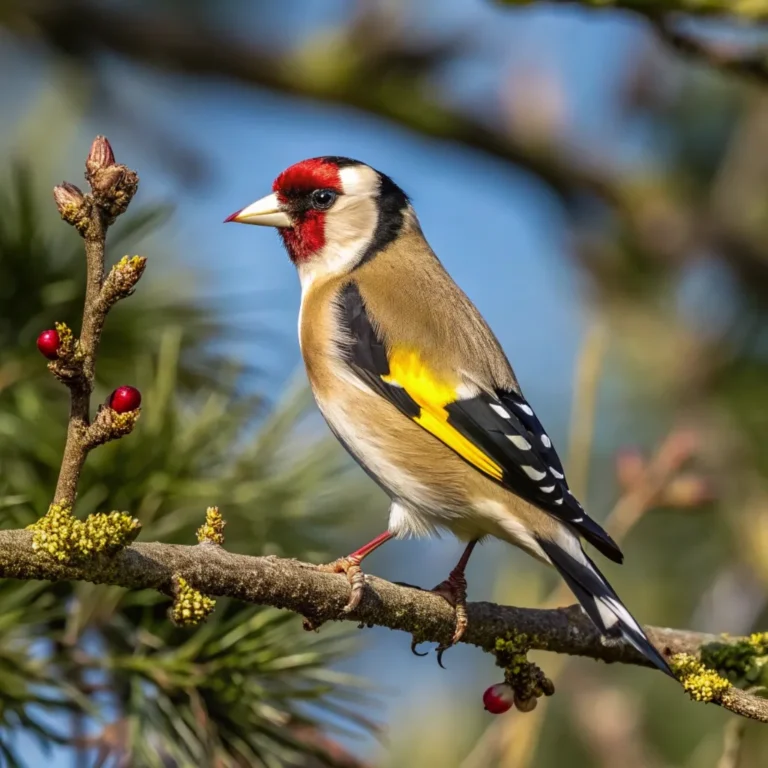Bird Life Expectancy: How Long Can Different Species Live?
Birds amaze us with their diverse lifespans. Some live for just a few years, while others survive for decades.
This post examines bird longevity, looking at the factors that affect how long different species live.
We will explore the fascinating world of avian life expectancy, from small songbirds to large seabirds.
Get ready to discover the secrets of bird longevity and learn about some of the most remarkable long-lived species in the avian world.

Key Takeaways: Bird Lifespan Essentials
- Size matters: Larger birds generally live longer than smaller species
- Habitat impact: Birds in safer environments tend to have extended lifespans
- Metabolism: Birds have evolved mechanisms to counteract their high metabolic rates
- Species variation: Lifespans can range from 3-5 years for small birds to 50+ years for some larger species
- Record holders: Some birds, like albatrosses and parrots, can live for several decades
- Factors affecting longevity: Diet, predation, environmental conditions, and human impact all play roles
- Tropical advantage: Birds in tropical climates often have longer lifespans
- Cognitive ability: Higher intelligence in some species correlates with increased longevity
- Telomeres: These chromosome structures can predict bird health and lifespan
- Conservation impact: Human efforts can significantly extend the lifespan of endangered species
The remarkable longevity of birds has long fascinated scientists and bird enthusiasts alike. These feathered creatures have developed unique adaptations that allow them to live far longer than mammals of comparable size.
From the tiny hummingbird to the majestic albatross, birds showcase an impressive range of lifespans that reflect their diverse ecological niches and evolutionary histories.
Understanding bird longevity is not just a matter of scientific curiosity; it has important implications for conservation efforts and our broader understanding of aging processes in animals.
By studying the factors that contribute to bird lifespan, researchers can gain valuable insights into the mechanisms of aging and potentially apply this knowledge to other species, including humans.
The longevity of birds also serves as an indicator of ecosystem health, making it a crucial area of study in the face of global environmental challenges.
Understanding Bird Longevity
Birds exhibit remarkable longevity for their size compared to mammals. Despite their high metabolic rates and body temperatures, many bird species live surprisingly long lives.
This phenomenon suggests that birds have developed special mechanisms to protect themselves from rapid aging.
The longevity puzzle of birds has intrigued scientists for decades. These creatures, with their rapid heartbeats and high body temperatures, seem to defy conventional wisdom about the relationship between metabolism and lifespan.
Birds have evolved unique physiological adaptations that allow them to maintain high energy levels while simultaneously protecting their bodies from the wear and tear typically associated with such intense metabolic activity.
One key factor in bird longevity is their efficient respiratory system. Unlike mammals, birds have a complex network of air sacs that allows for continuous, one-way airflow through their lungs.
This system enables more efficient oxygen extraction and helps reduce oxidative stress, which is a major contributor to aging.
Additionally, birds possess specialized antioxidant defenses that help protect their cells from damage caused by free radicals, further contributing to their extended lifespans.
Factors Influencing Bird Lifespan
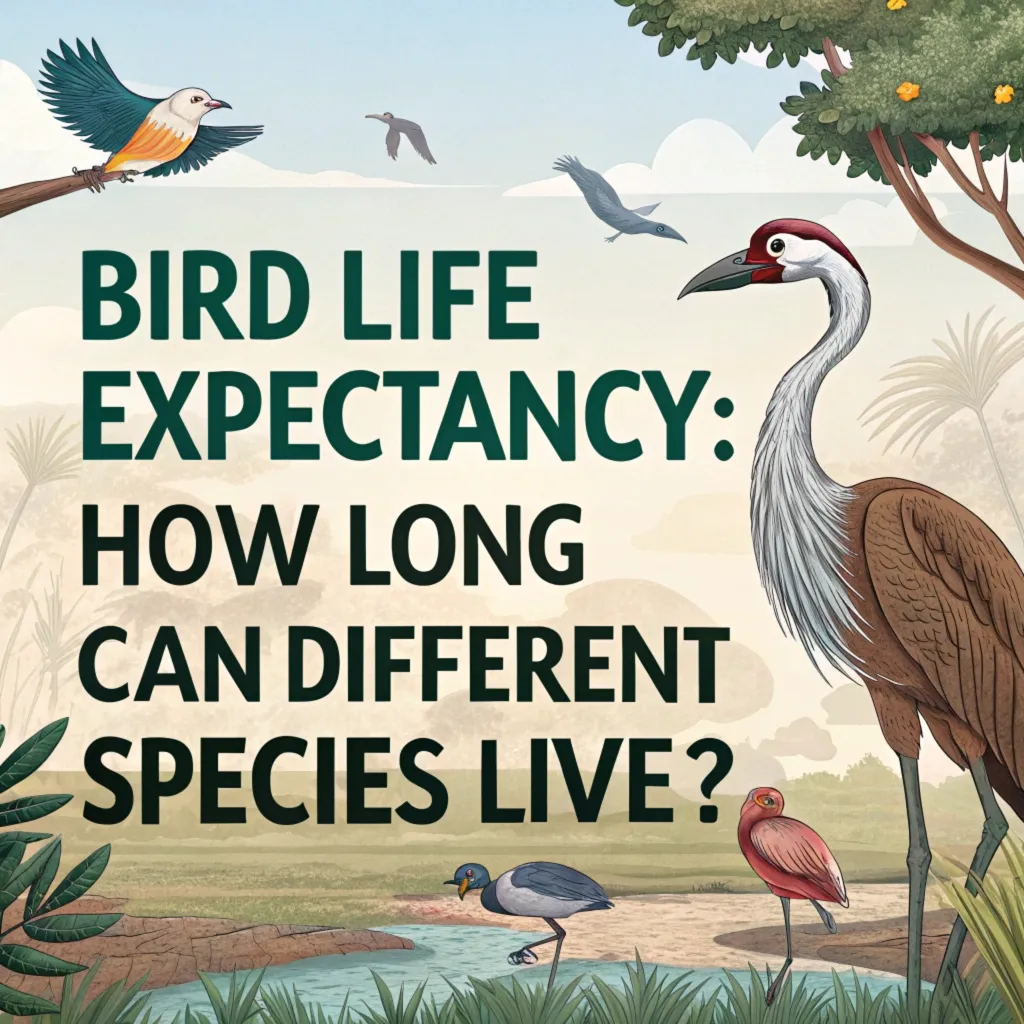
Species Variability
Different bird species have distinct lifespans. Smaller birds like sparrows and robins generally live shorter lives, while larger species such as eagles and vultures tend to have longer lifespans.
The specific environmental adaptations and reproductive strategies of each species play a significant role in determining their life expectancy.
Size and Metabolism
Generally, larger birds live longer than smaller ones. This correlation is partly due to their slower metabolisms.
Smaller birds with higher metabolic rates typically have shorter lifespans, while larger species with slower metabolisms often live longer.
Diet and Nutrition
A bird’s diet significantly impacts its longevity. Well-balanced nutrition provides essential nutrients that contribute to overall fitness and disease resistance.
For example, birds of prey consuming protein and fat-rich diets tend to have longer lifespans compared to those with less diverse diets.
Environmental Conditions
The habitat in which a bird resides greatly influences its life expectancy. Birds in urban environments face challenges like pollution and collisions with buildings.
In contrast, those in undisturbed natural habitats may experience fewer human-induced stressors, potentially leading to longer lives.
Predation and Threats
The presence of predators and other threats significantly impacts bird life expectancy. Birds higher in the food chain may face fewer natural predators, increasing their chances of reaching old age.
Conversely, ground-dwelling birds or those more vulnerable to predators may have shorter lifespans.
The complex interplay of these factors creates a diverse landscape of bird lifespans across species and habitats. Each bird species has evolved a unique set of adaptations that balance the trade-offs between survival and reproduction.
For instance, some species invest heavily in rapid growth and early reproduction, resulting in shorter lifespans, while others prioritize longevity and produce fewer offspring over a longer period.
Understanding these factors is crucial for conservation efforts and wildlife management. By identifying the key influences on bird lifespan, researchers and conservationists can develop more effective strategies to protect vulnerable species and maintain healthy bird populations.
This knowledge also provides valuable insights into the broader ecological relationships that shape avian life histories and population dynamics.
Longevity Records in Different Bird Species
Parrots and Cockatoos
Parrots are known for their exceptional longevity. Some species can live for several decades:
- African Grey Parrots: 40 to 60 years or more
- Amazon Parrots: 25 to 75 years
- Cockatoos: 20 to 60 years, depending on the species
- Macaws: 30 to 50 years, or more (up to 70) depending on the species
Seabirds
Seabirds, particularly albatrosses, are among the longest-lived bird species:
- Albatrosses: Can live up to 60 years or more
- Penguins: 15 to 20 years on average
Small Birds
Smaller bird species typically have shorter lifespans:
- Canaries: 5-10 years
- Finches: 5-9 years
- Budgerigars (Parakeets): 5-15 years
- Sparrows: 3-5 years
The remarkable longevity of certain bird species, particularly parrots and seabirds, has long fascinated researchers and bird enthusiasts. These birds have evolved unique adaptations that allow them to live far longer than their size would suggest.
For instance, parrots possess advanced cognitive abilities and complex social structures that may contribute to their extended lifespans.
Their intelligence allows them to navigate complex environments and avoid dangers, while their social nature provides mutual support and protection within their communities.
Seabirds, on the other hand, have developed physiological adaptations that enable them to thrive in harsh marine environments. Their efficient metabolisms and ability to withstand long periods without food during migration contribute to their longevity.
Additionally, many seabirds have few natural predators once they reach adulthood, further increasing their chances of living to an advanced age.
These adaptations highlight the diverse strategies that different bird species have evolved to maximize their survival and reproductive success over extended periods.
Record-Breaking Birds

Wisdom the Albatross
Wisdom, a female Laysan albatross, is the oldest known wild bird in the world. First tagged in 1956, she was still incubating eggs as late as 2024 at the estimated age of 74.
Wisdom has flown over 3 million miles in her lifetime and continues to baffle scientists with her longevity and reproductive capabilities.
Cookie the Cockatoo
Cookie, a Major Mitchell’s cockatoo, held the record for the oldest bird in captivity. He lived to be 82 years and 89 days old before passing away in 2016 at the Brookfield Zoo in Illinois.
The extraordinary longevity of birds like Wisdom and Cookie provides valuable insights into the potential lifespan of avian species. These record-breaking individuals demonstrate the remarkable resilience of certain bird species and their ability to thrive in both wild and captive environments.
Wisdom’s continued reproductive success at an advanced age challenges our understanding of avian biology and raises questions about the limits of bird fertility and lifespan.
Studying these long-lived individuals offers scientists a unique opportunity to investigate the mechanisms of aging in birds.
By examining the genetic and physiological characteristics of these record-breakers, researchers can gain insights into factors that contribute to exceptional longevity.
This knowledge not only enhances our understanding of avian biology but also has potential applications in the broader field of aging research, potentially benefiting other species, including humans.
Factors Contributing to Exceptional Longevity
Tropical Lifestyle
Birds in tropical climates often live “slow” lives, characterized by longer lifespans, slower metabolisms, slower growth, and fewer offspring per clutch. This lifestyle contributes to their extended longevity.
Cognitive Abilities
Higher cognitive abilities in some bird species, such as parrots, correlate with increased lifespan. Their intelligence may help them adapt to various environmental challenges and avoid dangers.
Social Behavior
Birds that exhibit strong social behaviors often benefit from safety in numbers, which can contribute to longer lifespans.
Diet Specialization
Some long-lived birds, like parrots, have specialized diets (e.g., seed-based or vegetarian) that may contribute to their longevity.
The combination of factors contributing to exceptional bird longevity reveals the complex interplay between genetics, environment, and behavior in determining lifespan.
Birds that have evolved to live in tropical environments, for instance, often face fewer seasonal pressures and more stable food sources, allowing them to invest more energy in longevity rather than rapid reproduction.
This “slow” life strategy is particularly evident in species like parrots and tropical seabirds, which tend to have longer lifespans compared to their temperate counterparts.
The role of cognitive abilities in bird longevity is particularly intriguing. Species with higher intelligence, such as corvids and parrots, demonstrate an enhanced capacity for problem-solving and adaptability.
This cognitive flexibility allows them to navigate complex environments, avoid predators more effectively, and exploit diverse food sources.
Additionally, the social behaviors often associated with higher cognition can lead to cooperative strategies that enhance survival rates within a group.
These factors combined create a positive feedback loop, where intelligence contributes to longevity, and longer lifespans allow for the development of more advanced cognitive abilities.
The Role of Telomeres in Bird Longevity
Scientists have discovered that telomeres, protective structures on chromosome ends, can predict health and lifespan in birds.
Shorter telomeres generally indicate a shorter life expectancy. Interestingly, migrating birds have significantly shorter telomeres than non-migrating birds, likely due to the stress of migration.
The study of telomeres in birds has opened up new avenues for understanding avian longevity and aging processes. These protective structures at the ends of chromosomes play a crucial role in maintaining genetic stability and cellular health.
As cells divide over time, telomeres naturally shorten, eventually leading to cellular senescence and aging. However, some bird species have developed mechanisms to maintain their telomeres more effectively than others, contributing to their extended lifespans.
Research into bird telomeres has revealed fascinating insights into the relationship between lifestyle and longevity. The discovery that migrating birds tend to have shorter telomeres highlights the physiological costs of long-distance travel.
This finding has implications for conservation efforts, suggesting that habitat loss and climate change, which may force birds to migrate longer distances, could have long-term effects on population health and longevity.
Understanding these telomere dynamics could help scientists develop more targeted conservation strategies to protect vulnerable bird species.
Conservation and Bird Longevity
Human activities can have a significant impact on bird lifespans. Conservation efforts, such as habitat protection and reducing pollution, can help extend the lifespans of many bird species.
For example, the Kākāpō, an endangered parrot species, can live up to 90 years with dedicated conservation efforts.
The intersection of conservation and bird longevity underscores the importance of human intervention in protecting and preserving avian species.
As human activities continue to alter natural habitats and ecosystems, many bird species face unprecedented challenges that can significantly impact their lifespans.
Habitat loss, pollution, climate change, and introduced predators are just a few of the factors that can shorten bird lifespans in the wild.
However, targeted conservation efforts have shown remarkable success in not only preserving endangered species but also in extending their potential lifespans.
The case of the Kākāpō, a critically endangered parrot native to New Zealand, illustrates the powerful impact of conservation on bird longevity.
Through intensive management, predator control, and habitat restoration, conservationists have been able to significantly increase the lifespan and breeding success of this unique species.
Similar efforts worldwide have demonstrated that with proper protection and management, many bird species can thrive and reach their full lifespan potential.
This success highlights the crucial role of conservation in maintaining biodiversity and ensuring that future generations can continue to marvel at the longevity and resilience of our avian neighbors.
FAQs About Bird Longevity
How does a bird’s size affect its lifespan?
Generally, larger birds tend to live longer than smaller ones. This is partly due to their slower metabolic rates and fewer natural predators.
Do birds in captivity live longer than wild birds?
In many cases, birds in captivity can live longer than their wild counterparts due to regular veterinary care, protection from predators, and consistent food supply.
What is the oldest recorded age for a wild bird?
The oldest recorded wild bird is Wisdom, a Laysan albatross, who was at least 71 years old as of 2022.
How do scientists determine the age of wild birds?
Scientists use bird banding techniques to track individual birds over time. They also estimate age based on physical characteristics and breeding behaviors.
Can environmental factors significantly impact a bird’s lifespan?
Yes, environmental factors such as habitat quality, food availability, and human activities can greatly influence a bird’s lifespan.
By understanding the factors that contribute to bird longevity, we can better appreciate these remarkable creatures and work towards their conservation.
The exceptional lifespans of some bird species continue to fascinate scientists and bird enthusiasts alike, offering valuable insights into the mechanisms of aging and survival in the animal kingdom.

Joyce is the passionate founder of Chirping Hearts, a website dedicated to sharing her love for birds and providing valuable information about avian life. With a background in ornithology and years of experience in birdwatching, Joyce aims to inspire others to appreciate the beauty and diversity of birds. Through her engaging articles and guides, she hopes to foster a community of bird enthusiasts who share her enthusiasm for these incredible creatures. When she’s not writing, Joyce enjoys exploring nature trails and observing birds in their natural habitats.
